Vertėjjas: Navigating the Multifaceted Realm of Translation
Table of Contents
The term vertėjjas encapsulates the complex and vital field of translation. In our increasingly interconnected world, the ability to translate effectively across languages and cultures is paramount.
This article explores the many facets of translation, highlighting its importance, evolution, types, challenges, and future trends.
Additionally, it examines the role of professional translators and the impact of technological advancements on the industry.
The Importance of Translation in Today’s Globalized World
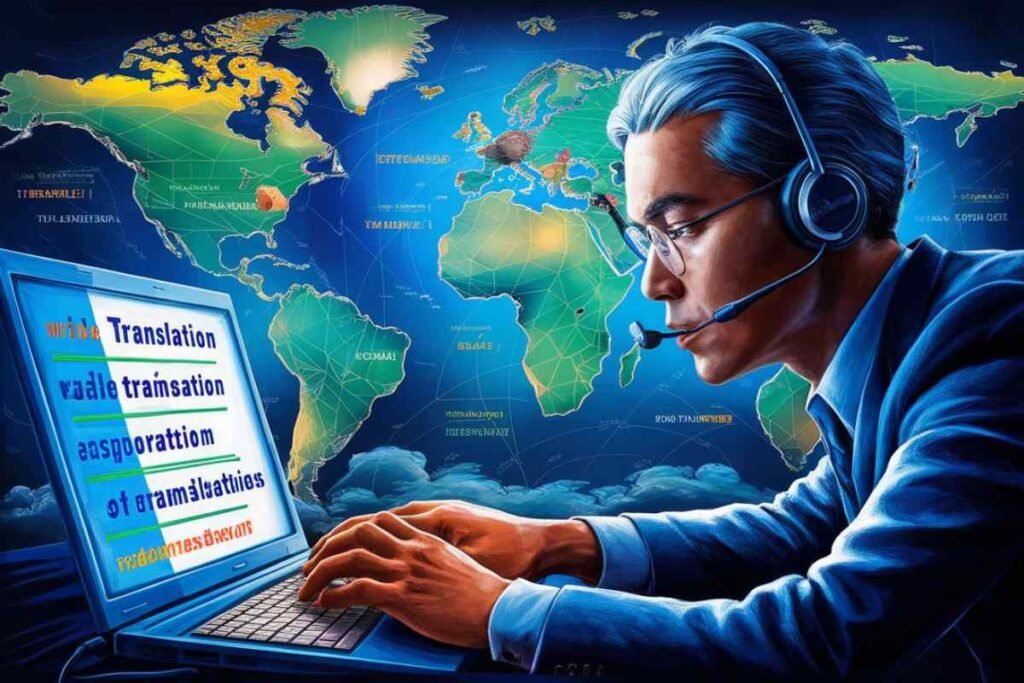
Translation is more than just converting words from one language to another; it involves capturing cultural nuances and facilitating genuine communication.
As globalization accelerates, translation becomes increasingly essential for effective communication between individuals and businesses across language barriers.
Breaking Down Language Barriers
In the modern world, language barriers can hinder business, diplomacy, and personal interactions.
Translation serves as a bridge, enabling people from diverse linguistic backgrounds to understand each other and collaborate effectively.
Enhancing Cultural Understanding
Translation also promotes cultural understanding by making literature, media, and ideas accessible to a broader audience.
This cultural exchange enriches societies and fosters global empathy and cooperation.
The Evolution of Translation
Historical Perspective
Translation has a long history that evolves with human civilization. Early translations of religious texts, such as the Septuagint, played a crucial role in spreading religious and philosophical ideas across different cultures.
The Renaissance and Beyond
During the Renaissance, translation became a tool for knowledge dissemination. The translation of scientific and philosophical works from Arabic and Greek into Latin and vernacular languages helped spur the scientific revolution and the Enlightenment.
Translation Technology Advancements
The Advent of Machine Translation
The 20th century saw the advent of machine translation (MT). Early efforts, such as the Georgetown-IBM experiment in 1954, demonstrated the potential of computers to assist in translation tasks.
Neural Machine Translation
Recent advancements in artificial intelligence have led to the development of neural machine translation (NMT).
NMT systems, such as Google Translate and DeepL, use deep learning techniques to produce more accurate and context-aware translations.
Types of Translation
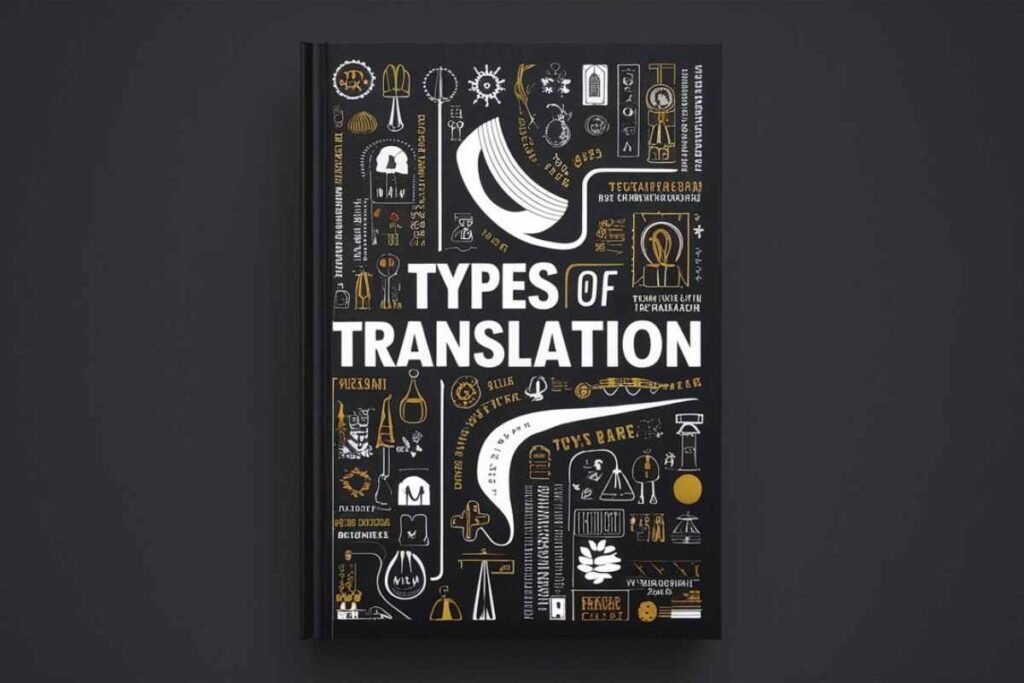
Human Translation
Human translators bring a deep understanding of language and culture, providing nuanced translations that machines often struggle to achieve.
Their ability to interpret emotional states and contextual clues ensures accuracy and depth.
Machine Translation
Machine translation excels in speed but often fails to grasp idioms, metaphors, and cultural references. It is best suited for simple tasks where linguistic nuance is less critical.
Hybrid Translation
Combining human intuition and machine efficiency, hybrid translation approaches are gaining popularity in the industry.
This method leverages the speed of machines while ensuring the quality and cultural sensitivity of human translation.
Challenges in Translation
Linguistic Details
Translators face the challenge of preserving the original meaning while adapting it to the target language’s linguistic intricacies.
This task requires meticulous attention to detail and a thorough understanding of both languages involved.
Cultural Factors
Accurate translation demands an in-depth knowledge of the source and target cultures. Translators must navigate cultural nuances, social mores, and traditions to ensure the translated content resonates with the intended audience.
The Boundaries of Technology
Despite significant advancements, machine translation still struggles with context and creativity. Human translators remain indispensable in scenarios where these factors are critical.
The Role of Professional Translators
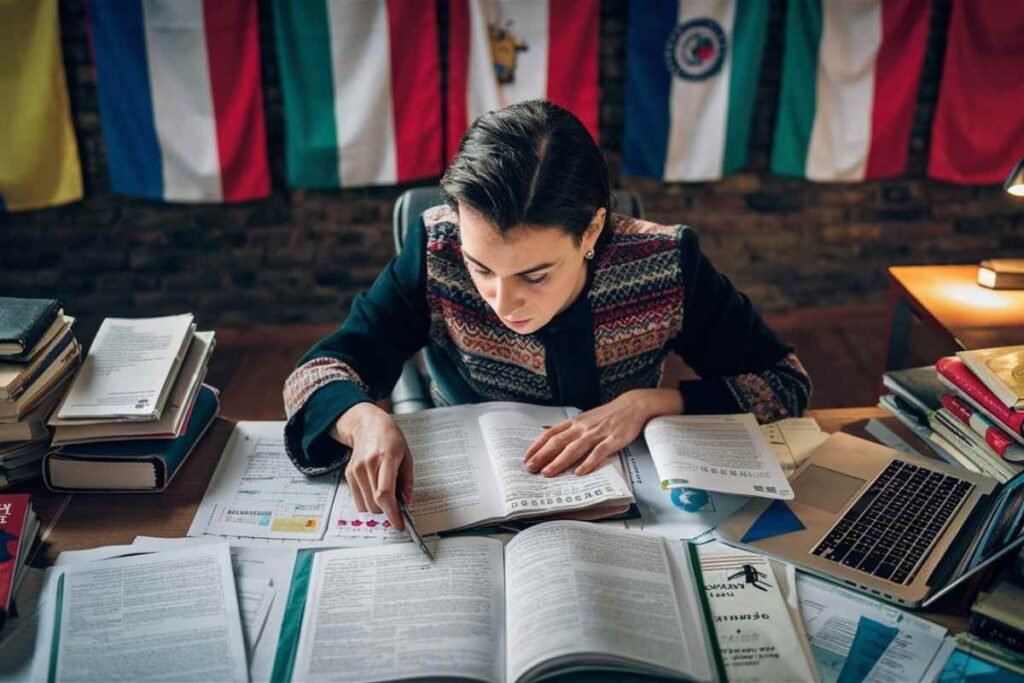
Necessary Know-How
Professional translators possess exceptional language skills and cultural intelligence. Their expertise enables them to handle complex topics and deliver precise translations.
The Value of Cultural Awareness
Understanding cultural subtleties is crucial for effective translation. Translators who grasp these nuances can create content that genuinely connects with the target audience.
Superiority Over Machine Translation
Human translators provide a level of detail and context understanding that machines cannot match. Their ability to interpret idioms and emotions makes them essential in many contexts.
Trends in the Translation Industry
AI for Translation
AI is transforming the translation landscape, with neural machine translation models enhancing language conversion.
Machine learning algorithms continue to improve translation accuracy, shaping the future of the industry.
Services for Remote Translation
The rise of remote work extends to the translation profession, enabling translators worldwide to collaborate seamlessly.
This trend supports the growing demand for flexible and efficient translation services.
Translation Needs in Specific Industries
Different industries, such as medical and legal fields, have unique translation requirements. Industry-specific knowledge is becoming increasingly valuable for translators specializing in these niches.
Tips for Effective Translation
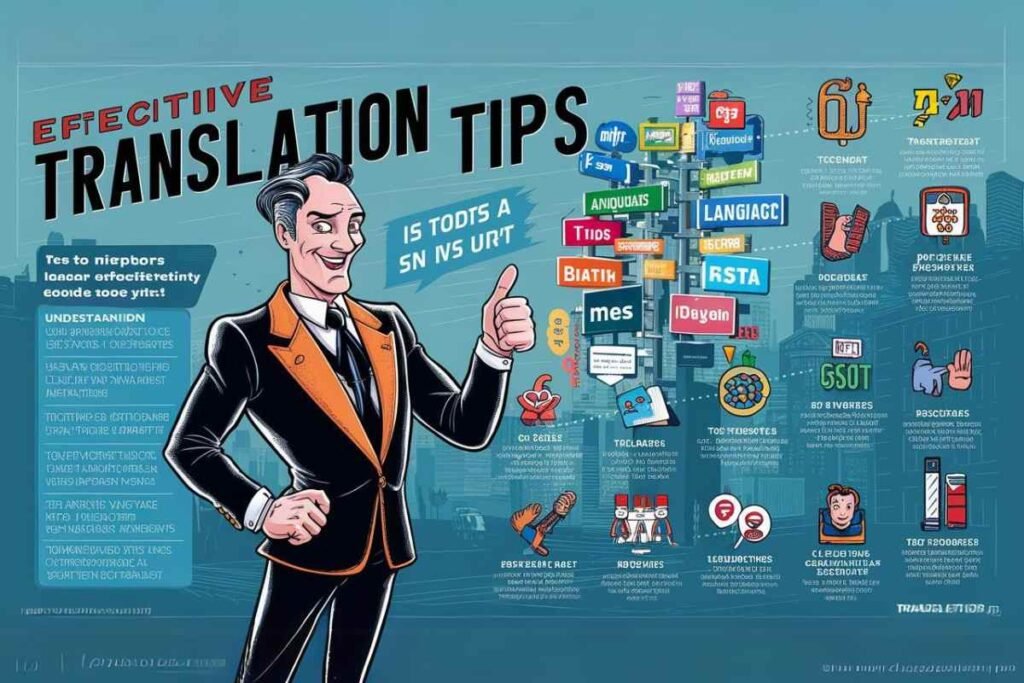
Setting the Scene
Context is paramount in translation. Translators must fully understand the source text’s context to convey its meaning accurately in the target language.
Target Audience Adaptation
Successful translation involves tailoring the message to the cultural preferences and sensitivities of the target audience, ensuring it resonates effectively.
Keeping Up with Language Trends
Languages evolve, and staying current with linguistic developments is crucial for translators. Continuous practice and exposure to modern language usage are essential for maintaining high translation standards.
Translation Tools and Software
Common Translation Software
Various tools and technologies assist translators in their work. Computer-assisted translation (CAT) tools and cloud-based systems are among the solutions that enhance productivity and consistency.
Making an Informed Tool Selection
Choosing the right translation technology depends on the specific project requirements, language pairs, and type of content.
Conducting a thorough analysis helps in selecting the most suitable tools.
The Impact of Translation on Business
Widening World Presence
Translation enables businesses to reach broader audiences and establish a global presence, opening doors to new markets and opportunities.
Establishing Global Alliances
Effective communication through translation fosters international cooperation and partnerships, crucial in today’s interconnected business environment.
Raising Customer Satisfaction Levels
Providing content in customers’ native languages enhances their experience and satisfaction, contributing to stronger brand loyalty and trust.
Future of Translation
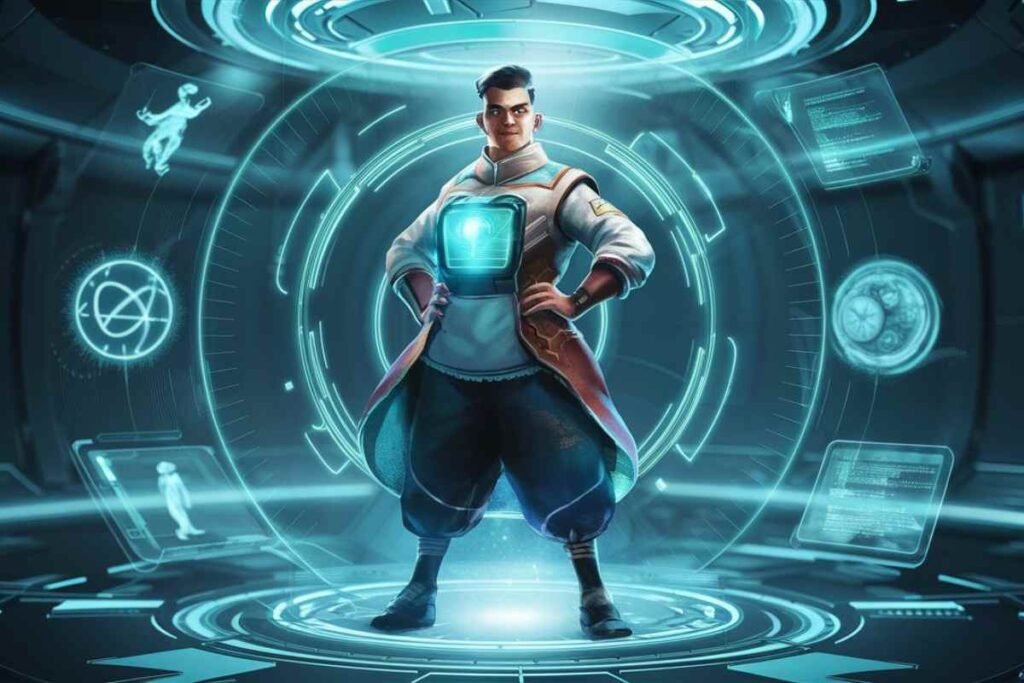
Using AI with Human Knowledge
The future of translation lies in the seamless integration of human expertise and AI capabilities. While machines handle routine tasks, human intuition navigates the complexities of language and culture.
Ongoing Development of Translation Technology
Continuous innovation and enhancement of translation technology open new frontiers for translators, shaping the future of language services.
Vertėjjas: Case Studies
Real-Life Examples of Efficient Translation
Examining successful case studies reveals the impact of accurate and culturally sensitive translation in various sectors.
These examples demonstrate the effectiveness of combining human expertise with advanced technology.
Lessons from Translation Failures
Analyzing translation failures provides valuable insights into the pitfalls of the translation process.
These lessons underscore the importance of thorough consideration and careful execution in translation projects.
Importance of Multilingual SEO
Categorizing Content for Various Viewers
Multilingual SEO is essential for reaching diverse audiences. By adapting content to different languages and cultures, businesses can enhance their visibility and engagement across global markets.
Maximizing Online Exposure
Effective multilingual SEO strategies improve search engine rankings, attracting organic traffic from regions with various native languages.
This increased exposure can drive business growth and international expansion.
Overcoming Language Barriers in Communication
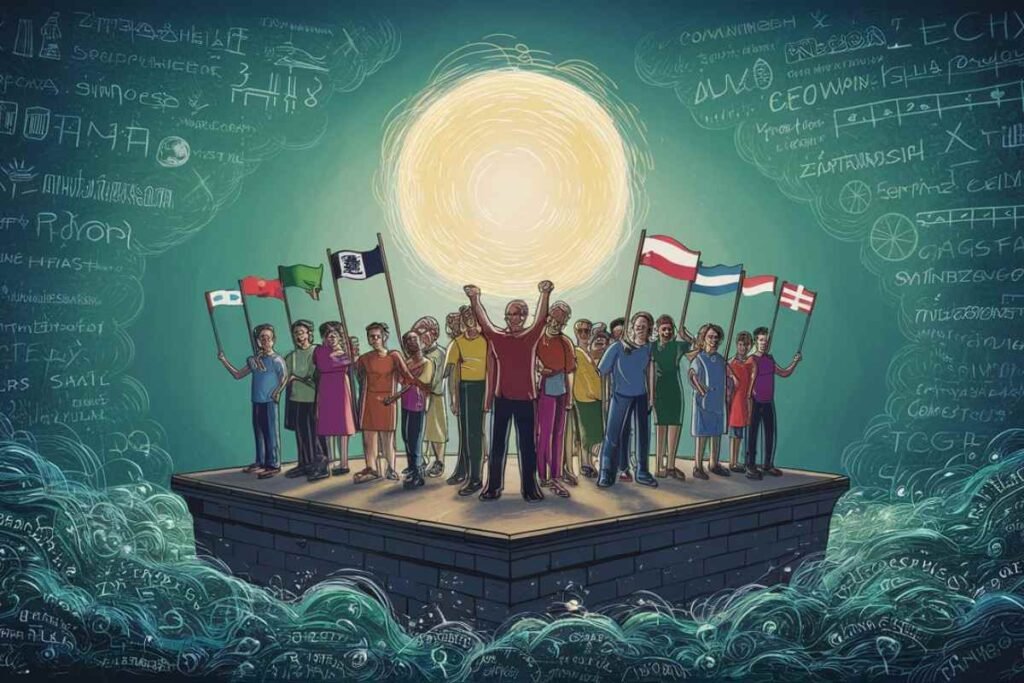
Establishing Trust
Translation fosters mutual trust and understanding by enabling clear communication between parties who speak different languages.
This trust is crucial for building lasting relationships in both personal and professional contexts.
Enhancing Intercultural Dialogue
Reducing linguistic obstacles through translation promotes more effective cross-cultural communication, encouraging cooperation and mutual understanding among diverse groups.
Conclusion
In conclusion, the realm of vertėjjas highlights the intricate and essential art of translation, which continues to play a pivotal role in our globalized society.
From historical milestones to modern technological advancements, translation bridges linguistic and cultural divides, fostering understanding and cooperation worldwide.
As the industry evolves with the integration of AI and remote work, the demand for skilled human translators remains crucial, especially in contexts requiring cultural sensitivity and nuance.
By embracing both technological innovations and human expertise, the future of translation promises enhanced communication, broader business opportunities, and enriched cultural exchanges, driving the interconnected world forward.
FAQs
What is “vertėjjas”?
“Vertėjjas” is a Lithuanian term for “translator,” referring to professionals who convert content from one language to another accurately and culturally sensitively.
How does machine translation differ from human translation?
Machine translation uses algorithms for quick translations but often lacks contextual and cultural understanding. Human translation provides nuanced, accurate translations by interpreting context and cultural subtleties.
Why is cultural awareness important in translation?
Cultural awareness ensures translations resonate with the target audience, preventing misunderstandings and misinterpretations that could arise from cultural differences.
What are the main challenges in translation?
The main challenges include preserving the original meaning, navigating cultural differences, and overcoming the limitations of machine translation in handling context and creativity.
How is AI transforming the translation industry?
AI, particularly through neural machine translation models, enhances translation accuracy and efficiency by handling large text volumes quickly, though human oversight is needed for nuanced content.
What are the benefits of multilingual SEO for businesses?
Multilingual SEO helps businesses reach a broader audience by optimizing content for different languages and cultures, improving search engine rankings, and attracting organic traffic from diverse regions.
What role do professional translators play in specific industries?
Professional translators with industry-specific knowledge are crucial in fields like medical, legal, and technical sectors, ensuring precise and accurate translation of specialized terminology.
What is the future of translation with the integration of AI and human expertise?
The future of translation lies in combining AI for routine tasks with human expertise for nuanced work, promising more efficient and accurate translations and enhancing global communication and cultural exchange.
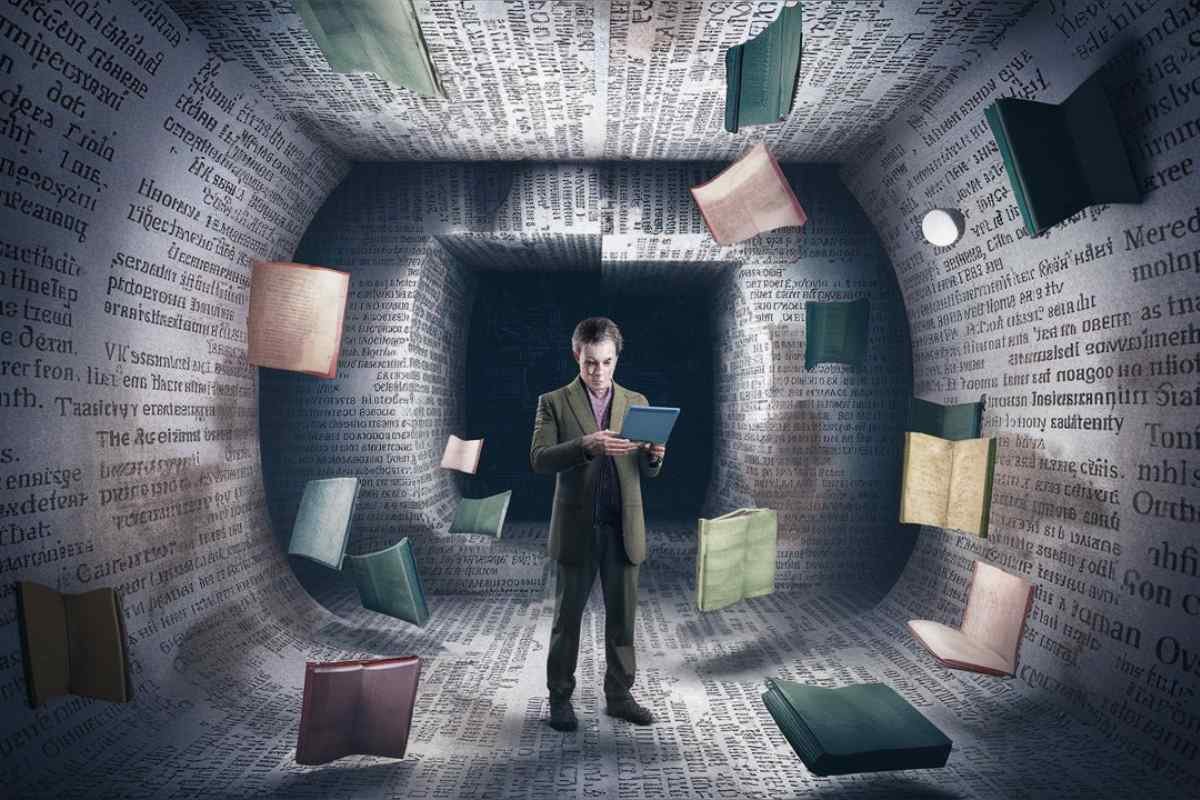





Post Comment